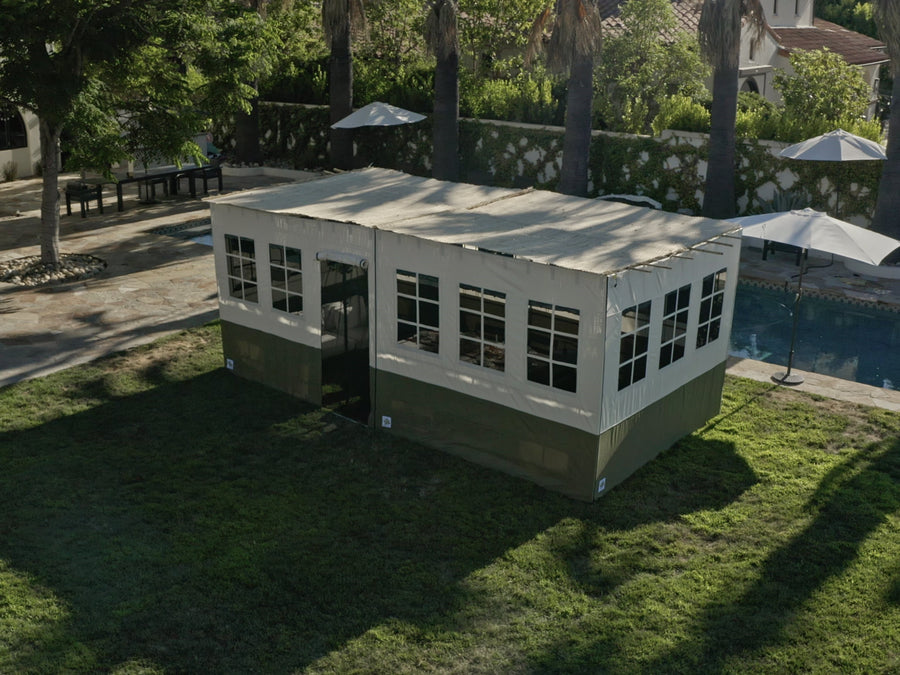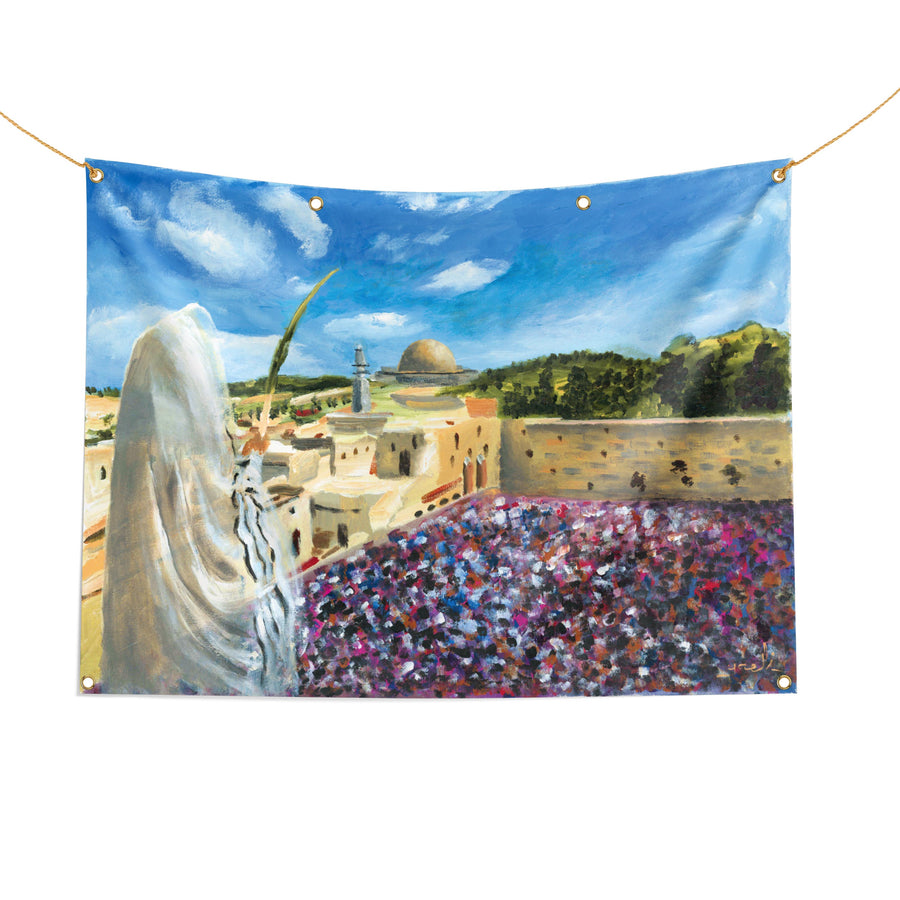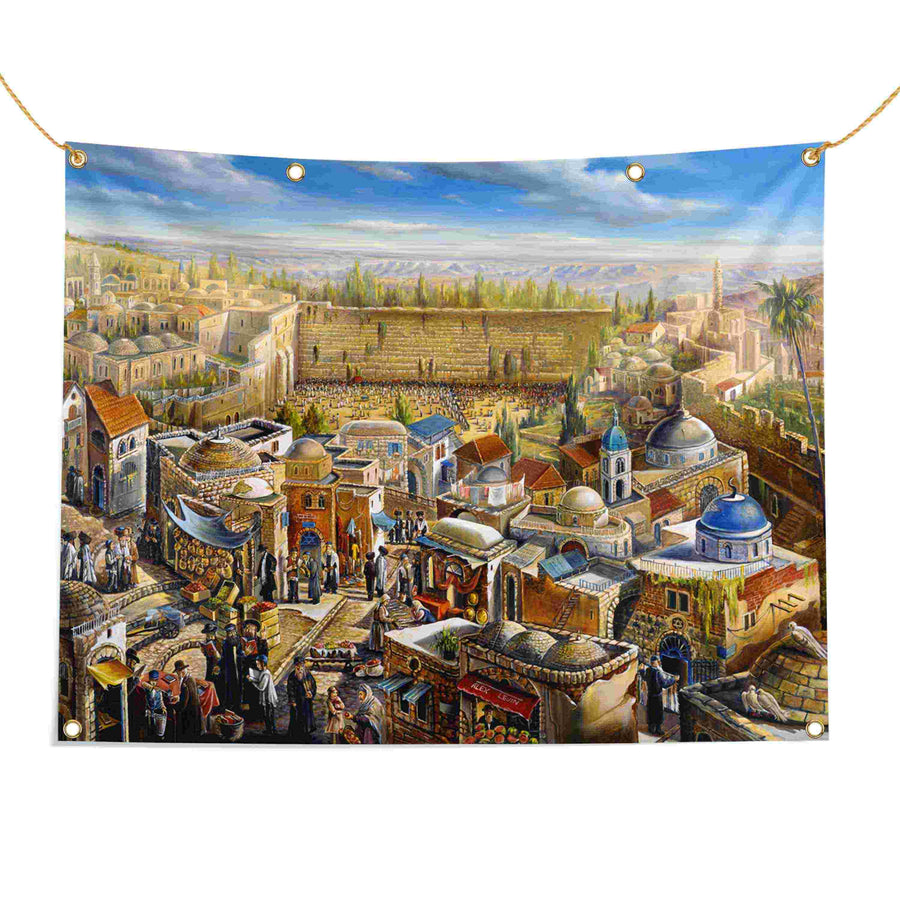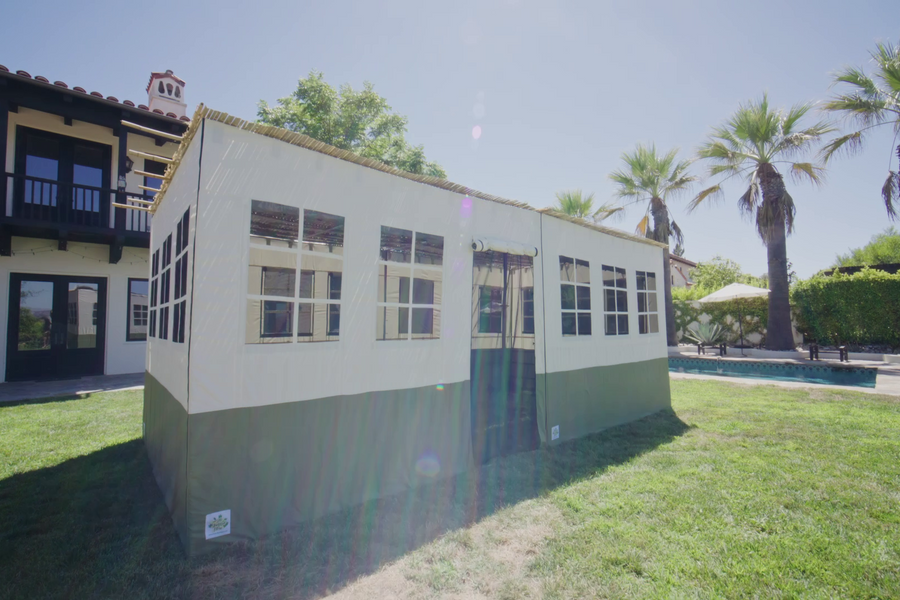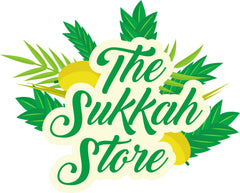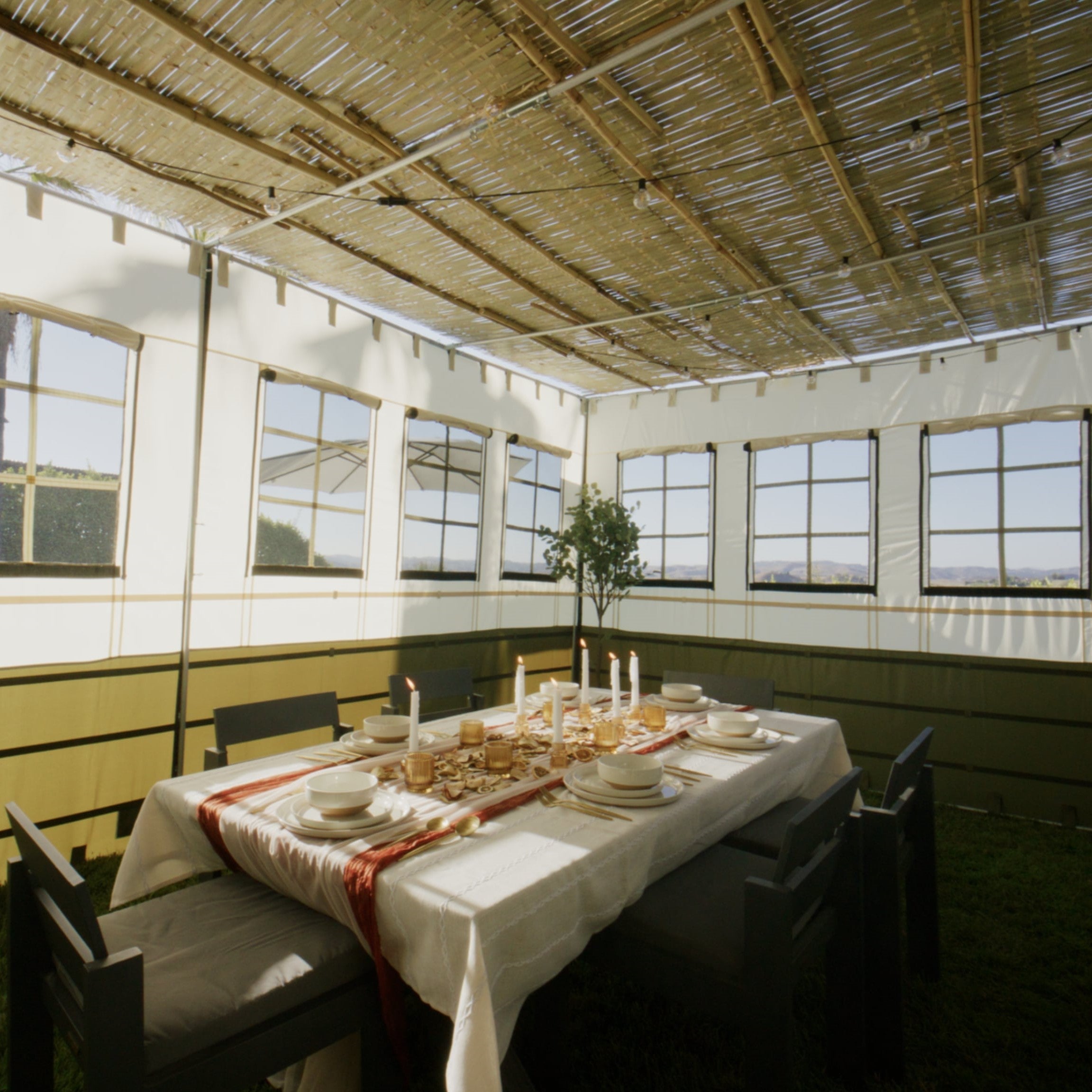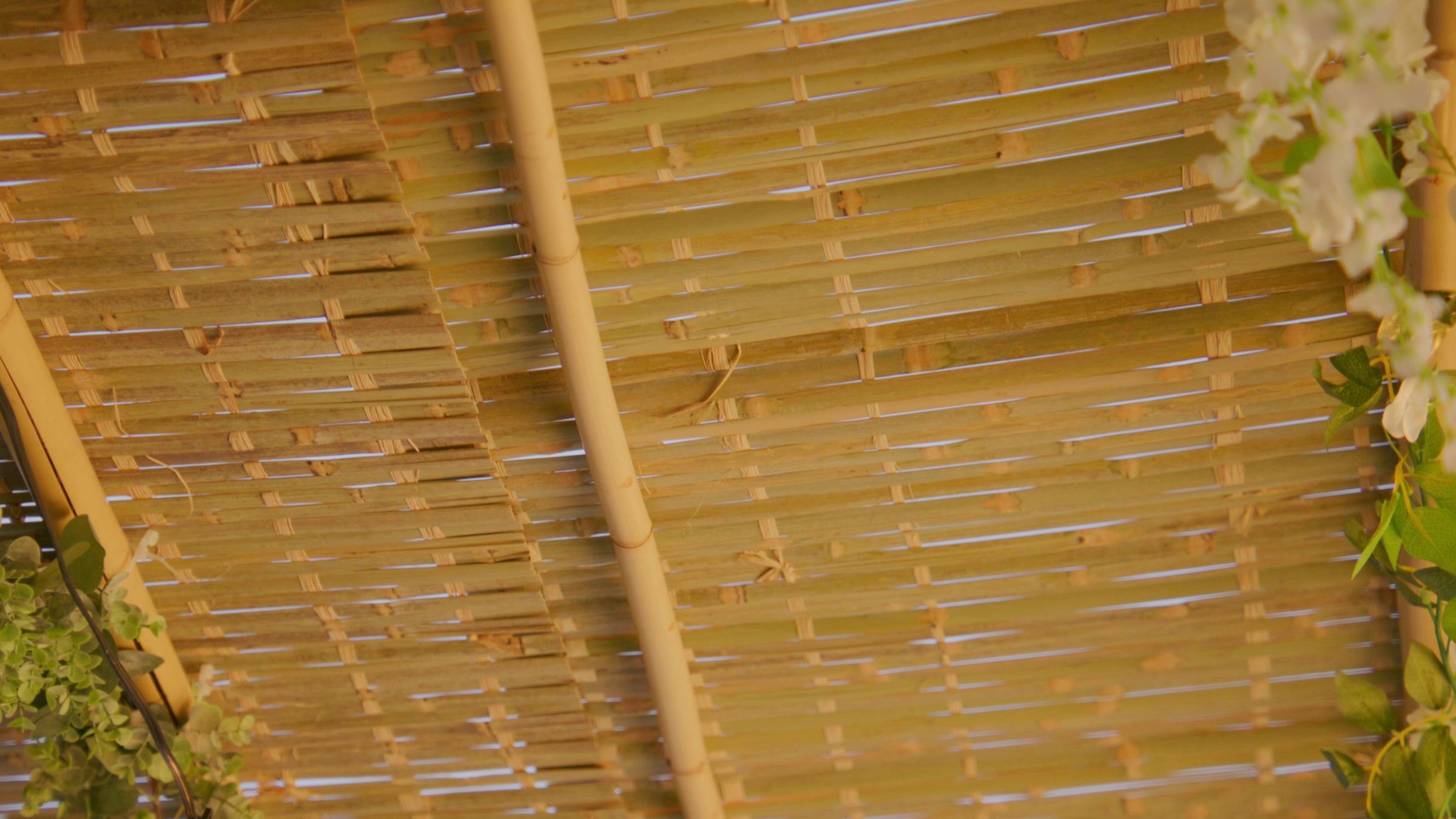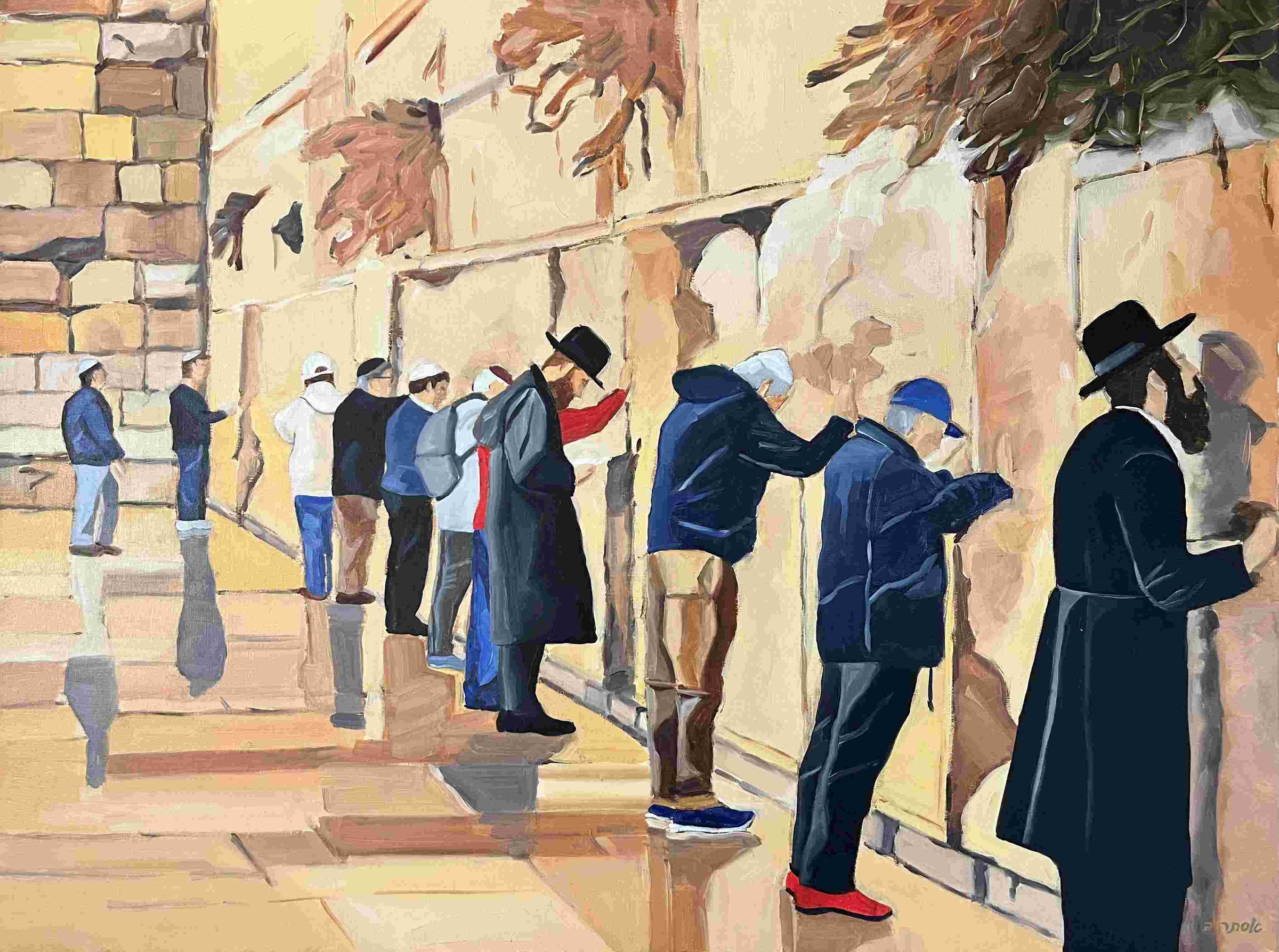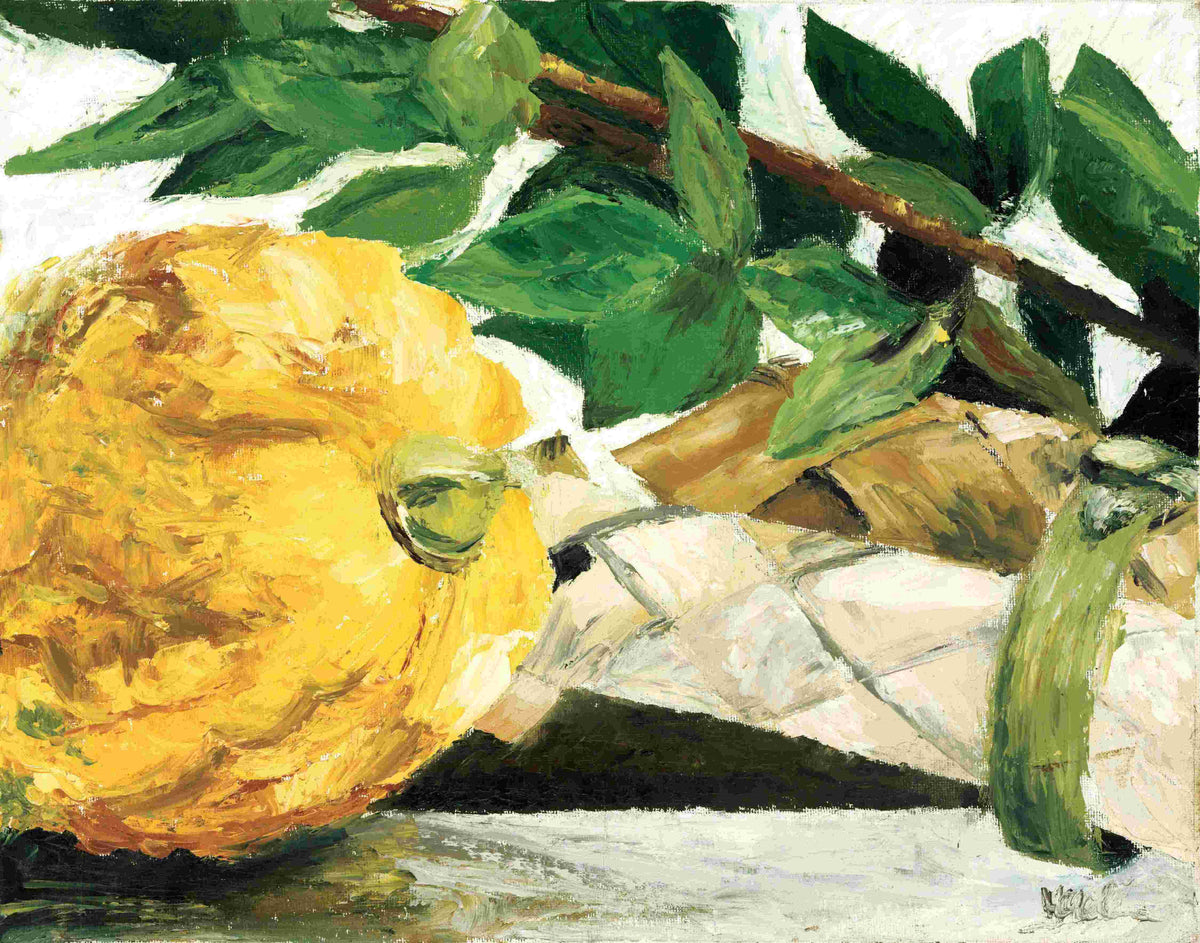

Table of content
Of the Four Species we wave around on Sukkot – the lulav (palm frond), etrog (citron), hadas (myrtle), and aravah (willow) – the etrog takes the spotlight. Not only is it the most stunning, but it’s also the priciest.
Citron trees, the delicate darlings that they are, only thrive in warm climates . While you can find kosher etrogs for your lulav and etrog set from various countries, some folks, including Chabad, have a soft spot for those hailing from Calabria, a sunny slice of the southern Italian coast. These etrogs, often called “ Yanover etrogim ” (because “Yanova” is Yiddish for Genoa, the port city from which they were shipped), are the crown jewels of the etrog world. Let’s dive into their little known, yet spectacular history:
What Makes Kosher Etrogs From Calabria So Special?
Grafting Drama
Imagine the picturesque coastal city of Scalea, nestled near the arch of Italy’s boot (go ahead, Google it!). According to halacha (Jewish law), a kosher etrog must not be a product of grafting. Since citron trees are fragile and often grafted onto sturdier citrus trees to survive, many etrogs out there don’t make the kosher etrog cut. They might look perfect, but they just won't do for Sukkot.
That’s why we stick to etrogs from trees with a kosher pedigree. Rabbi Moses Sofer even compared etrogs to kosher birds, saying that we must only use those with a strong tradition of being kosher. For over a millennium, Calabria etrogs have been the go-to because of their long-standing reputation for being pure and ungrafted.
However, after WWII, when some Calabrese farmers started grafting their trees, the Lubavitcher Rebbe took action, to ensure kosher etrogs would remain available. He mandated that etrog orchards be strictly supervised to ensure no grafting took place. This led to the implementation of having at least two supervisors on site during harvest to guarantee the etrogs picked were from ungrafted trees, otherwise they would be unusable for a kosher lulav and etrog set .
But making sure you have a purebred etrog isn’t quite enough to ensure your etrog is kosher. For a full list of kashrut requirements, check out our handy guide on how to buy kosher Four Species.
Moses and His Magical Etrog Hunt
How far back does this tradition go? Way back! Some say it dates to Rabbi Shlomo Yitzchaki (Rashi) and the Baalei Tosafot, who specifically sought Calabria etrogs for his lulav and etrog set. But the roots run even deeper. Rabbi Schneur Zalman of Liadi taught that when G‑d instructed Moses to get an etrog in the desert, he sent messengers via the Clouds of Glory to fetch Calabria etrogs.
Italy’s Finest: The “Fat of the Earth”
When Isaac blessed his son Esau, he promised him “the fat places of the earth.” The Midrash interprets this as a nod to southern Italy, known as Magna Graecia. We always aim for the finest quality in our offerings and mitzvahs, so naturally, we want our kosher etrogs from “the fat of the earth.”
Calabria Meets Israel: A Citrus Love Story
The Lubavitcher Rebbe, a visionary, supported the idea of planting Calabria citron seeds in Israel. While he emphasized the continued importance of using etrogs grown in Calabria, he acknowledged that growing them in Israel under constant Jewish supervision would help maintain their status as kosher etrogs.
So, next time you admire your beautiful etrog on Sukkot, you’ll know the rich history and tradition behind why many choose the splendid Calabria etrogs . From the sunny coasts of Italy to the heart of Israel, the journey of the kosher etrog is as vibrant as its golden hue. And remember, every etrog has a story – it’s not just a fruit, it’s a piece of history in your hands.
